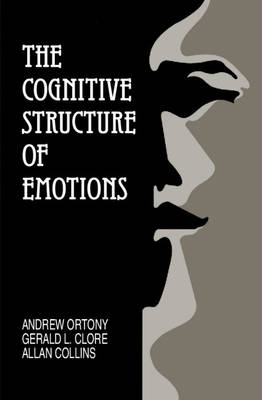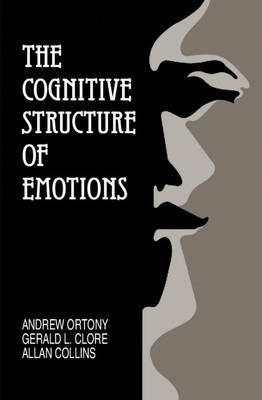
Door een staking bij bpost kan je online bestelling op dit moment iets langer onderweg zijn dan voorzien. Dringend iets nodig? Onze winkels ontvangen jou met open armen!
- Afhalen na 1 uur in een winkel met voorraad
- Gratis thuislevering in België vanaf € 30
- Ruim aanbod met 7 miljoen producten
Door een staking bij bpost kan je online bestelling op dit moment iets langer onderweg zijn dan voorzien. Dringend iets nodig? Onze winkels ontvangen jou met open armen!
- Afhalen na 1 uur in een winkel met voorraad
- Gratis thuislevering in België vanaf € 30
- Ruim aanbod met 7 miljoen producten
Zoeken
€ 50,45
+ 100 punten
Uitvoering
Omschrijving
What causes us to experience emotions? What makes emotions vary in intensity? How are different emotions related to one another and to the language used to talk about them? What are the information processing mechanisms and structures that underlie the elicitation and intensification of emotions? Despite an abundance of psychological research on emotions, many fundamental questions like these have yet to be answered. The Cognitive Structure of Emotions addresses such questions by presenting a systematic and detailed account of the cognitive antecedents of emotions. The authors propose three aspects of the world to which people can react emotionally. People can react to events of concern to them, to the actions of those they consider responsible for such events, and to objects. It is argued that these three classes of reactions lead to three classes of emotions, each based on evaluations in terms of different kinds of knowledge representations. The authors characterize a wide range of emotions, offering concrete proposals about the factors that influence the intensity of each. In doing so, they forge a clear separation between emotions themselves and the language of emotion, and offer the first systematic, comprehensive, and computationally tractable account of the cognitions that underlie distinct types of human emotions.
Specificaties
Betrokkenen
- Auteur(s):
- Uitgeverij:
Inhoud
- Aantal bladzijden:
- 224
- Taal:
- Engels
Eigenschappen
- Productcode (EAN):
- 9780521386647
- Verschijningsdatum:
- 25/05/1990
- Uitvoering:
- Paperback
- Formaat:
- Trade paperback (VS)
- Afmetingen:
- 153 mm x 233 mm
- Gewicht:
- 344 g

Alleen bij Standaard Boekhandel
+ 100 punten op je klantenkaart van Standaard Boekhandel
Beoordelingen
We publiceren alleen reviews die voldoen aan de voorwaarden voor reviews. Bekijk onze voorwaarden voor reviews.











